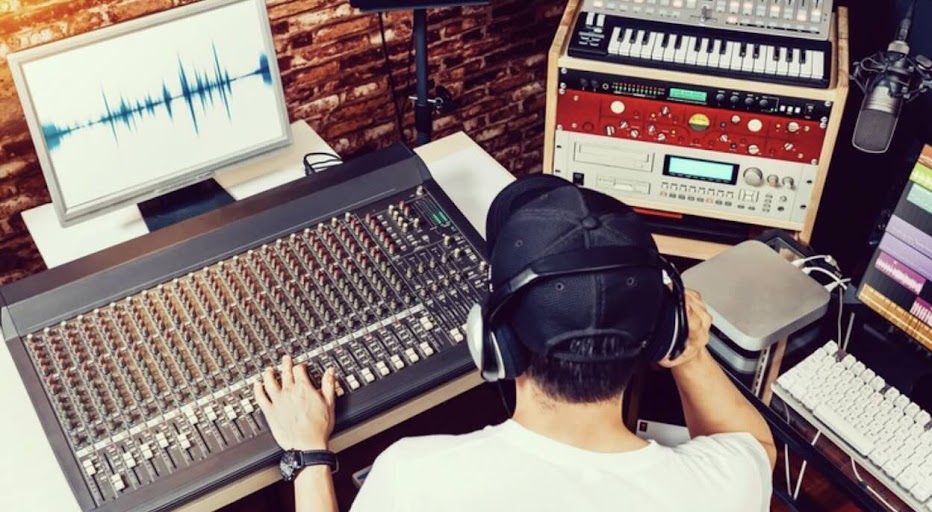The Preamp
One of the most important concepts in an audio system (and also most ignored by many operators) is the preamp, also called pre. The preamp is perhaps the most critical stage for handling an audio signal. It is at this stage that our signal can increase its amount of energy even up to a million times!We do not have that amount of amplification at any other stage. It is crucial to understand how to operate a preamp in a right way. Many of the most common problems in audio systems, such as distortion, noise and feedback are usually due to poor preamp adjustment. In fact, in my courses and seminars I always start with the preamp setting before moving on to the rest.
The first thing to understand is that the preamp is an amplifier that is usually found at the inputs in the consoles or mixers. Its function is to deliver the amplification needed to connect various signals to a mixer. These signals could come from: microphones, electronic and electroacoustic instruments, CD players, effects processors, etc. All these signals are different and need a different amount of amplification.
The preamp takes care of that so that all signals entering the mixer will have a similar level. In this way, they can be mixed better and we reduce the chance of distortion or noise at the mixer's output. The preamp's gain knob is generally found on the top of each channel and is usually labeled as Gain or Trim. Some gear also has a label next to the knobs showing the amount of gain in dB's.
| Fig. 1. Here the preamps are the red knobs on the top |
The key point is to know how much gain we need on each channel. This is what is known as gain structure and it's a topic to be discussed later. However, in general we can mention the following procedure:
1. Turn the knob to the minimum before connecting a microphone or instrument. Notice that placing the preamp in this position doesn't mean that we have "zero volume", but rather that the amplification is low. In other words, some microphones can send enough signal even with the knob at the minimum.
2. Connect the microphone or instrument and ask the musician to sing or play. This is known as line check. (Note: they will not hear themselves right away as the faders are down).
3. Press the PFL (pre fader listen) button in the channel and check the signal's level on the console's main meters. Usually there will be a little level and only the lower LEDs will light up.
4. Adjust the preamp so that the signal level fluctuate around 0 dB in the main meter. The amount of gain required will depend on several factors such as: musicians volume, microphone type and distance, vocal techniques, etc. We can see that if somebody else uses the microphone we will have to make adjustments.
5. Turn the PFL off. The output volume will depend on the fader's position and the power amplifier's gain setting. The faders are usually set around 0 dB. The power amplifier's gain needs a deeper explanation that we can have other time.
| Fig. 2. The master section |
Finally, it is important to mention that there are also external preamps. These are often used in professional studios to get a different sound. These are usually installed in a rack and can cost up to $5000 each! Using these preamps depends on the sound quality that the engineer wants. As several of these preamps base their operation on electronic tubes or valves, these devices give a 'color' to the signal. Many producers and engineers have their favorite ones for each particular situation. In other cases, they should use the preamp included in the mixing board.
| Fig. 3. Outboard preamp with EQ |










0 comments:
Publicar un comentario